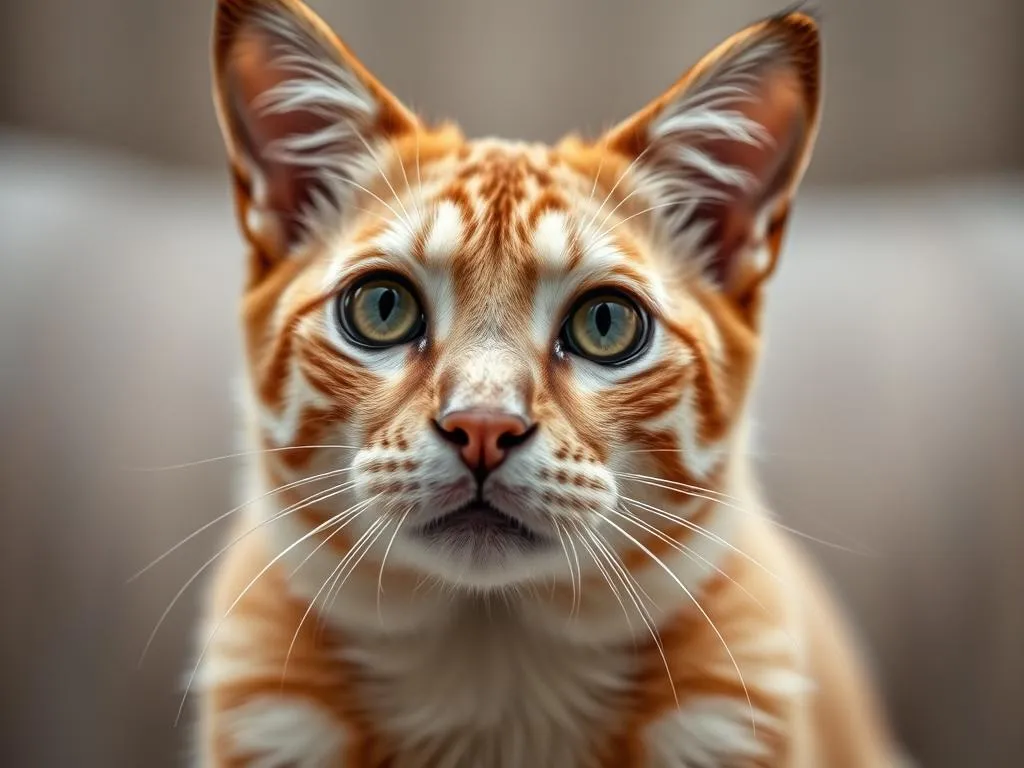
The love for pets in the UK is undeniable, with millions of households welcoming furry companions into their lives. The question on many minds is: are cats or dogs more popular in the UK? Understanding this not only sheds light on pet ownership trends but also reflects lifestyle choices that influence how we interact with these animals. This article delves into the popularity of cats and dogs, exploring ownership statistics, cultural significance, and the emotional benefits they provide.
Overview of Pet Ownership in the UK
General Statistics
The UK is home to approximately 17 million pet cats and 9 million pet dogs, making it clear that cats are more popular in the UK in terms of sheer numbers. According to recent surveys, households with pets show that nearly 26% own cats, while around 19% have dogs. These statistics reveal a significant preference for feline friends, though dogs still hold a cherished place in many hearts.
Trends Over the Years
Historically, dog ownership was more prevalent. However, over the past few decades, the landscape has shifted dramatically. Factors such as urban living, changes in work-life balance, and a growing appreciation for the independent nature of cats have contributed to their rise in popularity. Demographic shifts also indicate that younger generations, particularly millennials and Gen Z, are increasingly leaning towards cats due to their lower maintenance needs and adaptability to smaller living spaces.
Popularity of Cats in the UK
Reasons for Cat Popularity
Cats often appeal to individuals and families looking for a low-maintenance pet. They require less attention than dogs, making them ideal for busy lifestyles. Cats are independent creatures, capable of entertaining themselves while their owners are at work or out for the day. Additionally, their space efficiency suits urban living perfectly; many cat owners live in apartments where dogs might struggle with limited space.
Demographics of Cat Owners
Cat owners in the UK span a wide range of demographics, but a notable trend is the increasing number of young professionals and city dwellers adopting cats. Many of these individuals value the companionship of a cat without the extensive time commitment that dogs often require. Furthermore, older adults often find solace in the presence of a cat, appreciating their calm demeanor and gentle affection.
Cultural Significance of Cats
Cats have woven themselves into the fabric of UK culture. From iconic literary figures like the Cheshire Cat in “Alice’s Adventures in Wonderland” to internet sensations like Grumpy Cat, felines have captured the imagination of many. British television and media frequently depict cats as quirky companions, further solidifying their popularity in everyday life.
Popularity of Dogs in the UK
Reasons for Dog Popularity
Despite the growing popularity of cats, dogs remain a beloved choice for many pet owners in the UK. Known for their loyalty and companionship, dogs often become integral members of the family. They offer emotional support and are known to be great motivators for a more active lifestyle. Daily walks and outdoor activities are often enjoyed together, making dogs a perfect match for those who embrace an active lifestyle.
Demographics of Dog Owners
Dog ownership frequently attracts families with children, as dogs can provide companionship and teach responsibility. Additionally, retirees often choose dogs for their ability to encourage outdoor activity and social interaction. The bond formed between dogs and their owners often transcends age, with many finding joy in canine companionship at any stage of life.
Cultural Significance of Dogs
Dogs hold a special place in British culture, frequently portrayed as loyal and protective companions. They are often featured in literature, films, and television shows, symbolizing loyalty and friendship. Events like the Crufts dog show, one of the largest and most prestigious dog events in the world, highlight the importance of dogs in UK society and culture.
Comparative Analysis of Cats vs. Dogs
Ownership Statistics Comparison
When comparing the ownership statistics of cats and dogs, the numbers tell a compelling story. As mentioned, there are approximately 17 million cats compared to 9 million dogs in the UK. Additionally, surveys indicate that cat owners are more likely to live in urban areas, where smaller living spaces and busy lifestyles favor their independent nature.
| Pet Type | Ownership Numbers | Percentage of Households |
|---|---|---|
| Cats | 17 million | 26% |
| Dogs | 9 million | 19% |
Lifestyle Considerations
Lifestyle plays a significant role in the choice between cats and dogs. For busy professionals, cats often emerge as the more suitable option due to their self-sufficiency. On the other hand, those who lead active lives or have more time to dedicate to a pet may find dogs to be a perfect fit. Factors such as living space, time commitment, and personal activity levels heavily influence pet ownership decisions.
Emotional and Psychological Benefits
Both cats and dogs provide emotional and psychological benefits, although they do so in different ways. Dogs are often seen as more engaging companions, promoting outdoor activities and social interactions. Studies show that dog owners tend to experience lower levels of stress and greater feelings of happiness. Conversely, cats offer a different kind of comfort. Their presence can be soothing, and many cat owners report feeling a strong bond with their feline friends, often appreciating the quiet companionship they provide.
Regional Preferences
Cats vs. Dogs by Region
Pet ownership trends vary widely across different regions of the UK. Urban areas, particularly cities like London, show a higher prevalence of cat ownership. This is likely due to smaller living spaces and the convenience of having a pet that requires less outdoor exercise. Conversely, rural areas often see a stronger preference for dogs, as larger living environments provide ample space for them to roam and play.
Local Pet Organizations and Events
Various local organizations and events cater to pet lovers across the UK. Many communities host dog shows, training classes, and adoption events, while cat-focused events also abound, such as cat shows and feline wellness fairs. These gatherings not only promote pet adoption but also foster a sense of community among pet owners, regardless of their preference for cats or dogs.
The Impact of Social Media on Pet Popularity
Social Media Influence
Social media has dramatically influenced perceptions of pet ownership in recent years. Platforms like Instagram and TikTok have given rise to popular accounts dedicated to both cats and dogs, showcasing their antics and charm. This visibility has contributed to the surge in pet adoption and has shaped consumer preferences surrounding pet ownership.
Viral Trends and Memes
Viral trends and memes often center around the quirks of cats and dogs, leading to increased popularity for both. For instance, cat videos often highlight their playful yet aloof nature, while dog memes emphasize loyalty and companionship. These representations can sway public opinion and influence potential pet owners, making it essential to consider how social media shapes our perceptions of these beloved animals.
Conclusion
In conclusion, while cats are more popular in the UK, both cats and dogs hold unique places in the hearts of pet owners. The choice between a cat or a dog often reflects individual lifestyles, living situations, and personal preferences. Understanding the popularity of these pets provides insight into societal trends and the evolving nature of companionship. Ultimately, whether one prefers the independence of a cat or the loyalty of a dog, both animals enrich our lives in profound ways.









